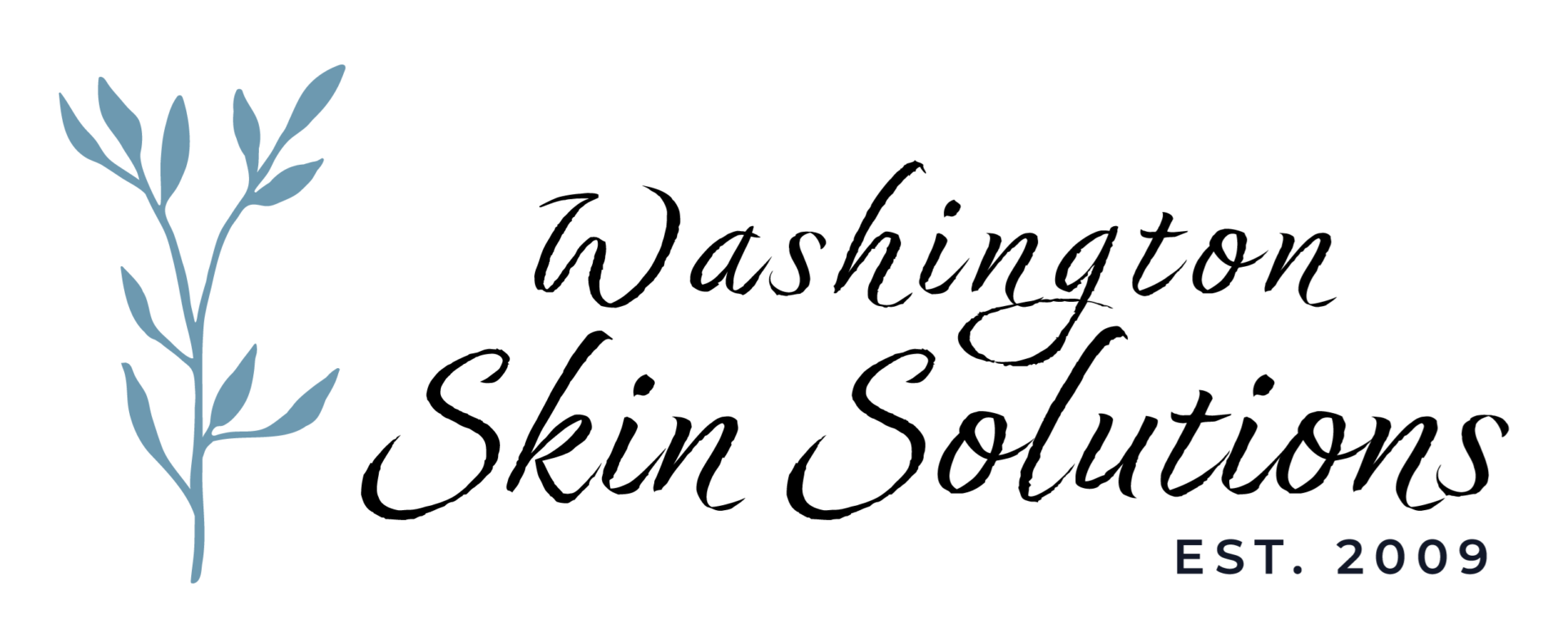Laser Veins Treatment
Laser vein treatment, also known as laser vein therapy or laser vein removal, is a medical procedure used to treat various types of unwanted spider veins. This non-invasive or minimally invasive technique utilizes laser technology to target and eliminate problematic veins.
Here’s a general overview of how laser vein treatments work:
1. Assessment: Before the procedure, a medical professional typically evaluates the veins to be treated to determine the type, size, and extent of the problem. This assessment helps in planning the appropriate laser parameters for the treatment.
2. Principle of Laser Treatment: The basic principle behind laser vein treatment is selective photothermolysis. The laser emits a specific wavelength of light that is absorbed by the targeted hemoglobin in the blood vessels. This absorption generates heat, which damages the walls of the veins without affecting the surrounding tissues.
3. Procedure: During the procedure, a handheld laser device is passed over the skin, directing the laser energy towards the unwanted veins. The energy is absorbed by the blood within the veins, causing them to heat up and coagulate. This process leads to the closure of the targeted veins.
4. Post-Treatment: After the laser vein treatment, the body naturally reabsorbs the treated veins over time. In some cases, multiple sessions may be required to achieve the desired results, depending on the severity and extent of the vein issues.
5. Recovery and Side Effects: Laser vein treatments are generally well-tolerated, and patients can usually resume their normal activities after a few days. It is important to not do anything that will cause vaso-dilation which can dissolve the blood clots blocking the vessel. Some individuals may experience temporary redness, swelling, or bruising at the treatment site, but these side effects typically subside within a few days.
It’s important to note that laser vein treatment is suitable for smaller veins, and larger varicose veins may require alternative treatments, such as sclerotherapy or more invasive procedures like endovenous laser treatment (EVLT) or radiofrequency ablation (RFA).
As with any medical procedure, it’s crucial to consult with a qualified healthcare professional to determine the most appropriate treatment for individual cases and to discuss potential risks and benefits.
Tags: Neurotoxin, Nikki Brueggemann, Washington Skin Solutions
* All information subject to change. Images may contain models. Individual results are not guaranteed and may vary.
